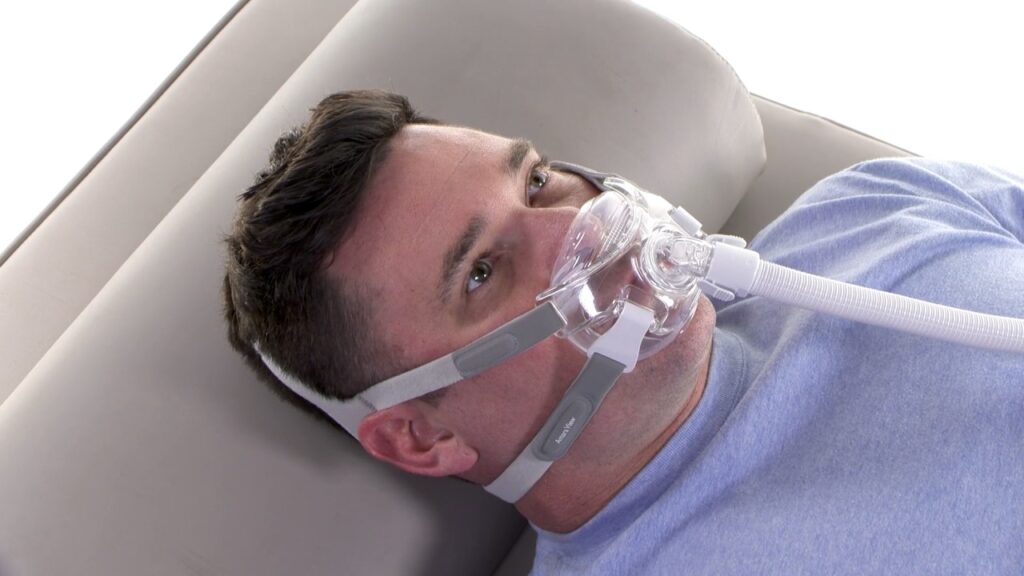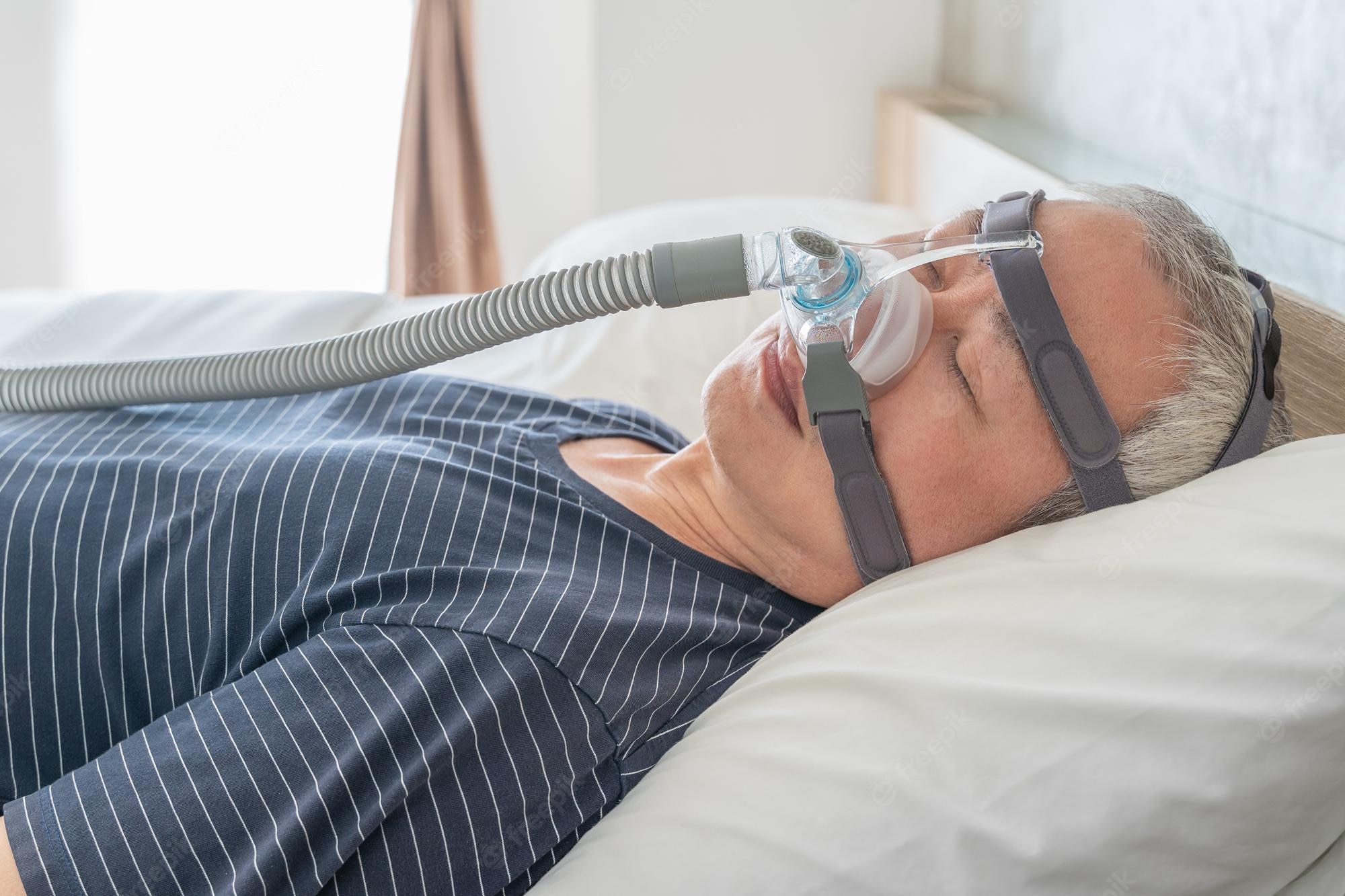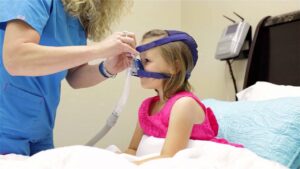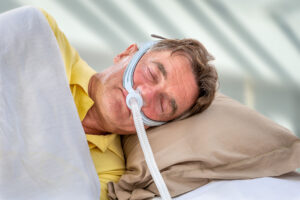The best therapy for obstructive sleep apnea, a respiratory condition that affects millions of individuals, is generally considered continuous positive airway pressure (CPAP). When used correctly and the CPAP masks is maintained in excellent operating order, it is quite effective.
There are techniques to determine whether your CPAP masks is malfunctioning and hence less effective. It could need to be changed completely or altered.
Some of the causes of CPAP masks no longer giving you the optimum results are discussed in this article. Even better, it provides advice that, in many circumstances, may help solve the issue. Click here how to make your CPAP masks wearing more comfortable.
Just Can’t Get The CPAP Machine To Work
The equipment is obviously not functioning correctly if it just won’t power on. Most CPAP machines include buttons that may be used to activate them after they are hooked in. Some devices even begin operating automatically after you inhale a few times through the linked mask if you configure them to a certain setting.
Take the CPAP to your equipment provider if it doesn’t turn on or if there is no airflow at all. They are able to decide if the gadget needs to be fixed or upgraded. When something stops operating after being dropped, this is often the case.
Other indications that anything is wrong with your CPAP masks are possible. This is due to the fact that, in addition to the power supply, other systems such as the heating and water systems might break down.
Here are several tips to think about.
- You should fill up your heated humidifier’s tank around every two to three days. If that’s not the case, you may need to change the humidity and temperature settings. However, the humidifier may not be operating at all if the water never drains.
- The water chamber’s hot plate may not be warming up. Even though it is happening much more slowly, some water is still evaporating when the air moves over it. This might indicate that the heating element is malfunctioning.
- Uncomfortably cold air is another sign that the machine isn’t operating properly.
- In certain devices that have heated tubing, water may condense. This often indicates that the humidity setting is set too high, the tubing is improperly attached, or the device is otherwise malfunctioning. Additionally, the machine can be noisier and seem to have less airflow than previously.
You Snore or Experiencing Apnea
When the CPAP pressure is adjusted appropriately, snoring should never happen. This is due to the fact that the continuous airflow will maintain the airway open and prevent it from collapsing. It also inhibits the tissue vibrations in the airways that lead to snoring.
Even while using your CPAP masks, you could have breathing pauses or periods when you wake up gasping and choking. If these occurrences are verified, the pressure setting probably has to be adjusted.
The number of breathing pauses per hour of sleep is measured by the apnea-hypopnea index (AHI). On your computer or in monitoring software, you could sometimes encounter an AHI display. When you awaken, if it is higher than 5, you should raise the pressure.
You should talk to your sleep expert if you have any of these issues.

Worse Feeling
Some users of CPAP machines begin to see advantages after a few days or weeks of starting their regimen. Less frequent awakenings, more restorative sleep, less daytime tiredness, improved attention, and improved mood or short-term memory are all indications that CPAP therapy is effective.
Long-term improvements in additional illnesses linked to untreated sleep apnea are possible. Diabetes, heart failure, and excessive blood pressure are a few examples. 2
The use of CPAP is often prompted by sleep apnea symptoms. If the same symptoms come again, the machine may not be producing the greatest outcomes. Your healthcare physician should be consulted about this matter.
People who use CPAP will often lament that their excessive daytime drowsiness has returned when there is an issue. Once again, they need lengthy or regular naps. A mask leak or insufficient treatment pressure are examples of potential reasons.
Your symptoms can come back as a result of other changes to your lifestyle or health. That can indicate that you need to modify your CPAP settings. Among them are: gaining weight; drinking alcohol just before night; and becoming older.
Recap
You may tell if your CPAP masks isn’t working properly if you start to experience the same symptoms you had before you started using it, such as snoring returning, your AHI index increasing, or you stop feeling rested throughout the day. It indicates that you should reevaluate how well the CPAP masks is serving your needs.
The Age of Your CPAP Machine
Sadly, CPAP devices do not endure indefinitely. It may be time to replace your machine if it starts to make strange noises, becomes more difficult to use, or no longer produces the same amount of pressure.
These gadgets are not designed to last forever and do have some degree of built-in obsolescence. They will eventually start to malfunction, and you will have to swap it out with a new one.
Your CPAP masks has to be replaced if it is too old and isn’t functioning properly. Fortunately, newer devices often offer better features. When compared to older technology, modern devices are often more user-friendly and quieter.
Conclusion
The health advantages that your CPAP masks offers determine how effective it is. You’ll feel much more rested and your sleep apnea and snoring symptoms will go away when it’s functioning properly.
However, if the gadget is malfunctioning, your symptoms can come back. There are a number of potential causes for the CPAP masks to malfunction. The heating element, tubing, or power source might all be at fault. Or maybe a dated machine simply needs to be replaced.
In other instances, adjustments to your settings may be all that is required to ensure you are receiving the proper amount of pressure due to changes in your health or way of life. Consult with a sleep expert to determine the cause and treatment options if your apnea symptoms recur.



